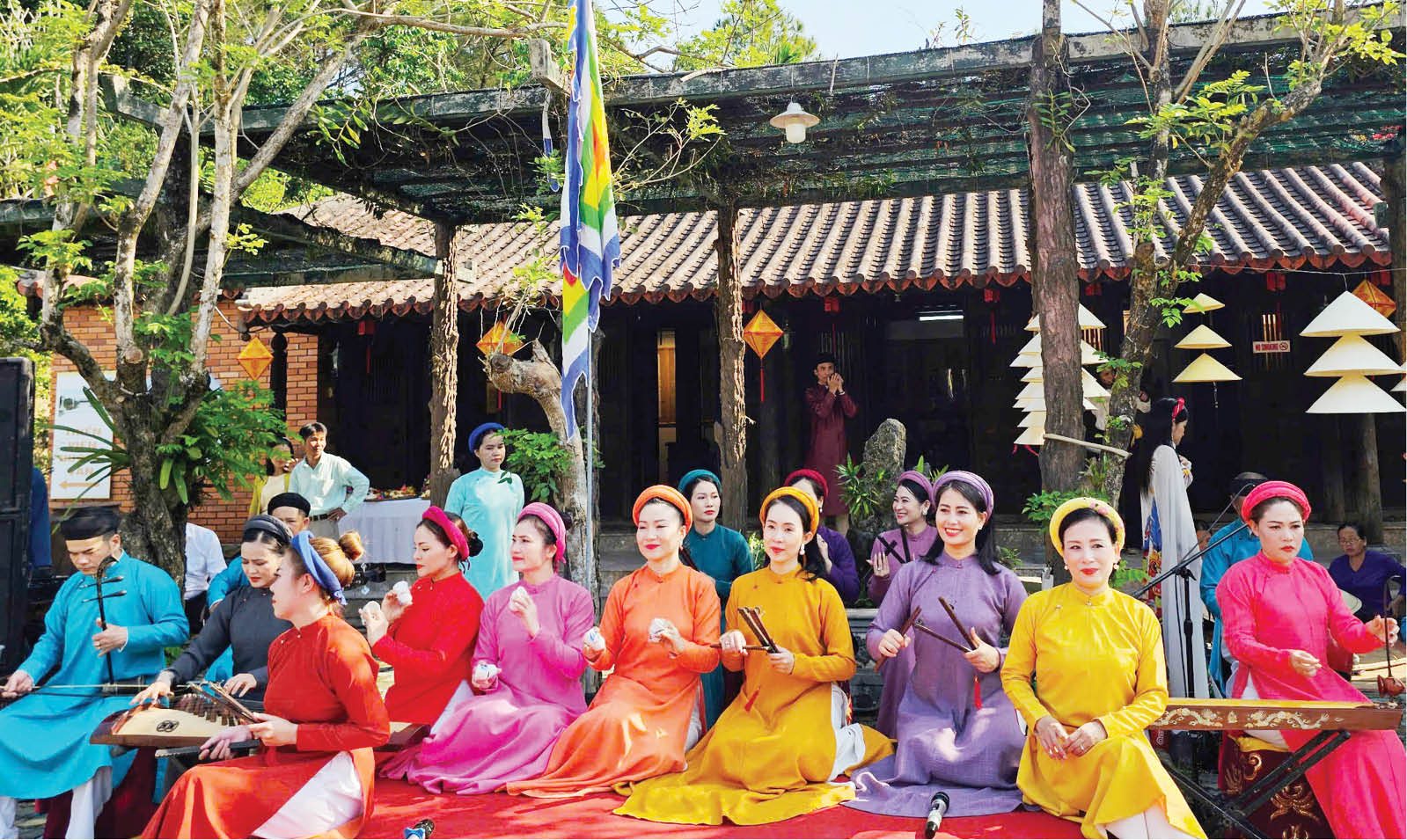 |
| Traditional Hue music is being enhanced to preserve and promote. Photo: PHAN THANH |
Effort and concern
Mr. Tran Huu Quang - Deputy Head of the Faculty of Traditional Heritage Music (HVAN Hue) said that the content of the teaching program for performing musical instruments such as: zither, zither, two-stringed fiddle, moon-shaped lute, bamboo flute, monochord... at the secondary and university levels at the Academy mostly follows a different style each year. The first year is the Northern style (cheo), the second year is the Central style (Hue traditional music), the third year is the Southern style (cai luong). But the worrying thing is that the number of traditional music pieces such as lullabies, songs, folk songs, etc. of Hue, or even of Quang Binh and Quang Tri, two provinces with a close relationship in terms of voice and music, is very modest in the teaching program.
Specifically, the curriculum only has the following melodies: Tu Vi melodies, Nam Canh melodies, Giao Duyen melodies, O Horse melodies, Hoai Xuan melodies - Sao melodies, Tinh Tang melodies, Hanh Van melodies, Tuong Tu melodies, Quynh Tuong melodies... And these melodies are usually taught in year 3 for both 4-year intermediate and 6-year intermediate levels.
The above-mentioned songs are included in the intermediate program of traditional musical instrument performance by Hue College of Culture and Arts. Thus, compared to the number of traditional Hue music songs up to hundreds, the number of songs taught is too small.
Responding to the above opinion, Mr. Nguyen Van Mai - Principal of Hue College of Culture and Arts said that regarding Hue traditional music, the school's students are taught solo and ensemble music, accompaniment and singing of Hue folk songs, Hue songs, Hue royal court music and prelude, Thu - Vi, 2nd, 3rd and 4th tunes..., ensuring the ability to practice a profession after training for students.
Comparing the content of melodies and songs in the curriculum with the requirements of the training level and with the existing system of melodies and songs of Hue traditional music, in 3 years, students of Hue traditional music major can practice from small melodies such as Hue folk songs, to large melodies such as: Tu dai canh, Phu luc, Nam binh... and performance forms, distilling typical songs, suitable for the intermediate vocational level and the industry's goals. As for Hue opera performing arts major, also in 3 years, students can learn all the folk melodies and Hue singing groups.
“This is a curriculum that is considered to reflect the full content of Hue traditional music. It not only equips students with the ability to deeply understand Hue traditional art, but also trains students in the ability to practice their profession after completing the curriculum,” Mr. Nguyen Van Mai affirmed.
On the other hand, Ms. Ha Mai Huong - Director of HVAN Hue said that for the Hue music and singing major, the training program focuses on Hue folk songs. However, Ms. Huong also acknowledged that with a 4-year training period, students cannot learn all the melodies of Hue traditional music in each semester.
“Mastering traditional music to be able to practice in teaching, performing and creating to promote traditional music in general, Hue traditional music in particular in the present era requires a long-term and persistent self-study and research process of each individual to improve themselves, because the knowledge equipped in 4 years of study is not enough,” Ms. Huong shared.
Ms. Ha Mai Huong added that the Academy will periodically review the training program, focusing on collecting feedback from learners to have a basis for consideration and adjustment. Currently, the Ministry of Culture, Sports and Tourism is building standards for undergraduate and postgraduate training programs to have unified regulations on input and output standards, training programs, etc. And HVAN Hue is also in the process of waiting for the promulgation decision to make appropriate adjustments.
Epilogue
Whether directly or indirectly, the response of the Director of HVAN Hue is showing a reality that the traditional Hue music training program at the Academy in the past has not met current requirements and goals, and is also having certain passiveness.
Speaking passively is because, at a time when Hue is promoting the preservation and promotion of Hue traditional music, instead of "waiting for the decision to be issued to make appropriate adjustments", why not proactively include Hue traditional music in teaching from year 1 until students graduate (with increased time for fieldwork, practical experience...) instead of only introducing it in year 3, because the regulations of the Ministry of Education and Training still allow for more time to teach local music.
With Hue traditional music (or any other industry or profession), training is one of the effective methods to preserve and promote. Therefore, it is necessary to consider training human resources according to the "3 in 1" model with the following criteria: understanding + performing ability + sufficient teaching capacity - introducing to the community; at the same time, having the ability to create to promote traditional music in general, Hue traditional music in particular to the public. Thereby, contributing to promoting the effectiveness in preserving, maintaining and promoting Hue traditional music as the goal set by the city.
Source: https://huengaynay.vn/van-hoa-nghe-thuat/van-nghe-am-nhac/am-nhac-truyen-thong-hue-nhung-van-de-dat-ra-trong-dao-tao-giang-day-152129.html



![[Photo] Third meeting of the Organizing Subcommittee serving the 14th National Party Congress](https://vstatic.vietnam.vn/vietnam/resource/IMAGE/2025/4/2/3f342a185e714df58aad8c0fc08e4af2)
![[Photo] Relatives of victims of the earthquake in Myanmar were moved and grateful to the rescue team of the Vietnamese Ministry of National Defense.](https://vstatic.vietnam.vn/vietnam/resource/IMAGE/2025/4/2/aa6a37e9b59543dfb0ddc7f44162a7a7)
![[Photo] Close-up of Vietnam's sniffer dog team searching for earthquake victims in Myanmar](https://vstatic.vietnam.vn/vietnam/resource/IMAGE/2025/4/1/d4949a0510ba40af93a15359b5450df2)


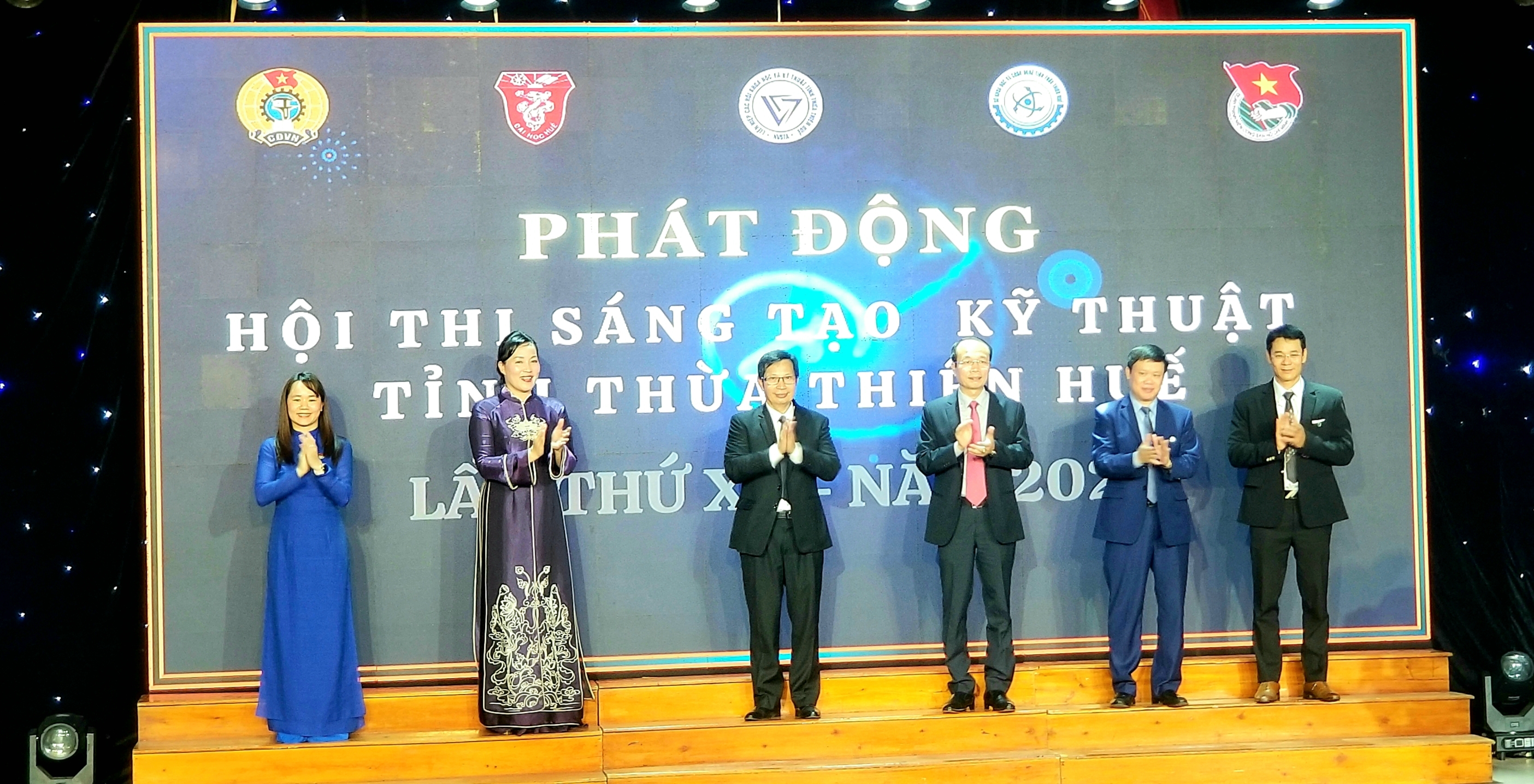
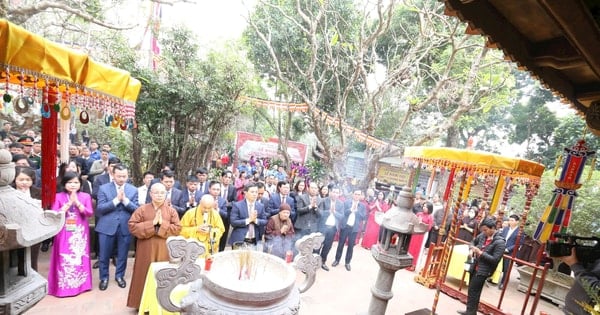

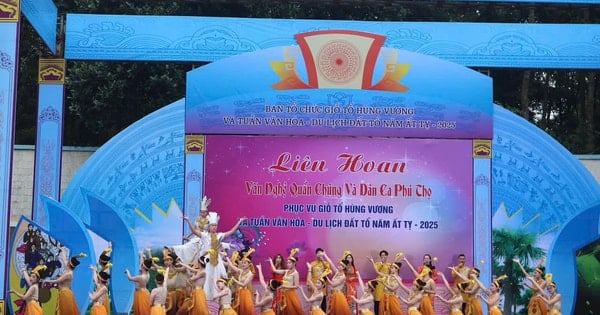








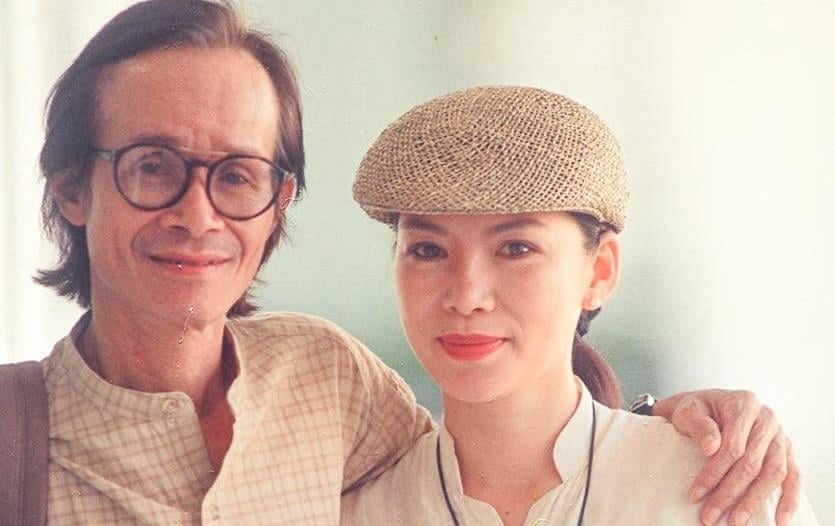


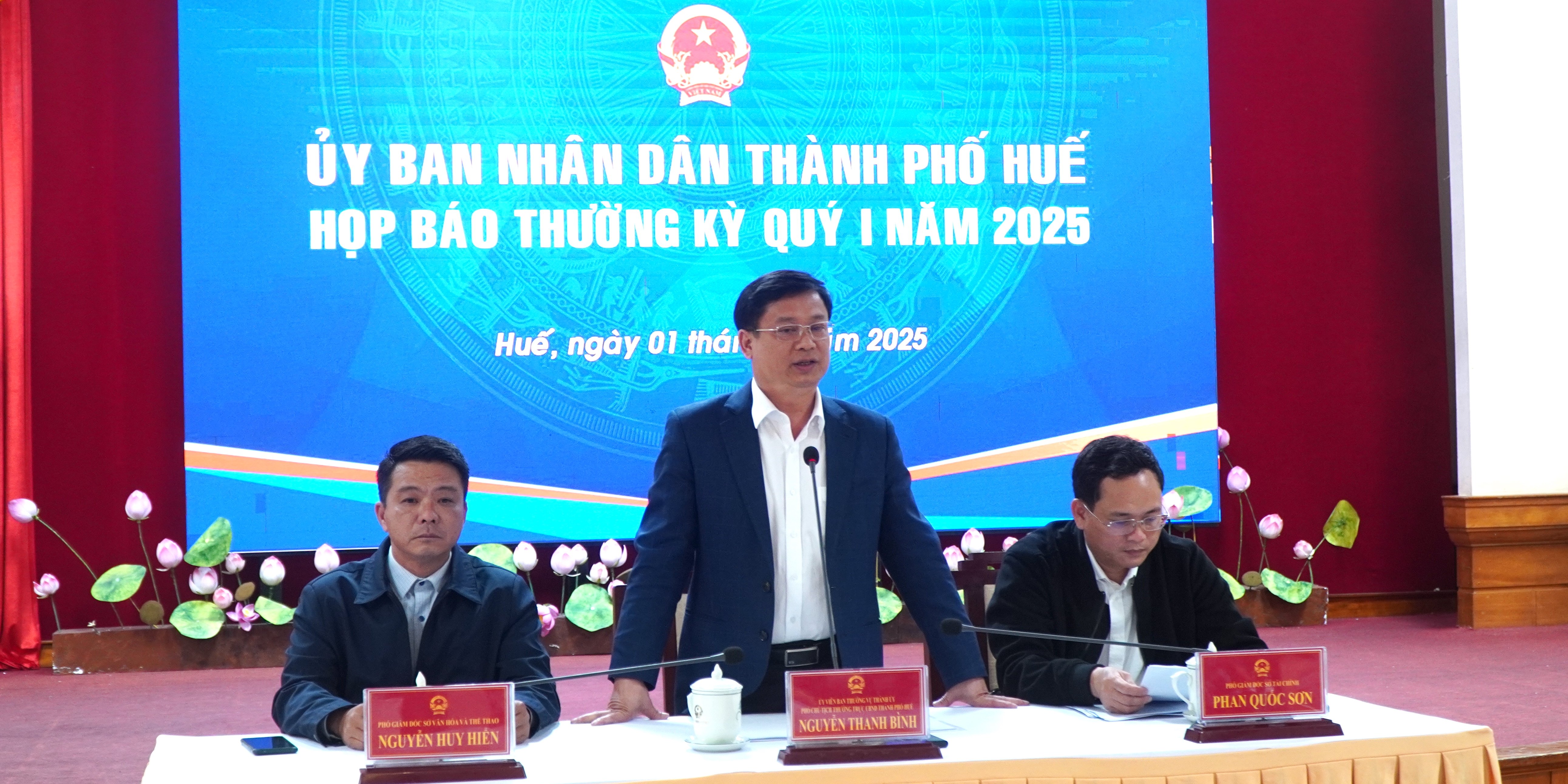






























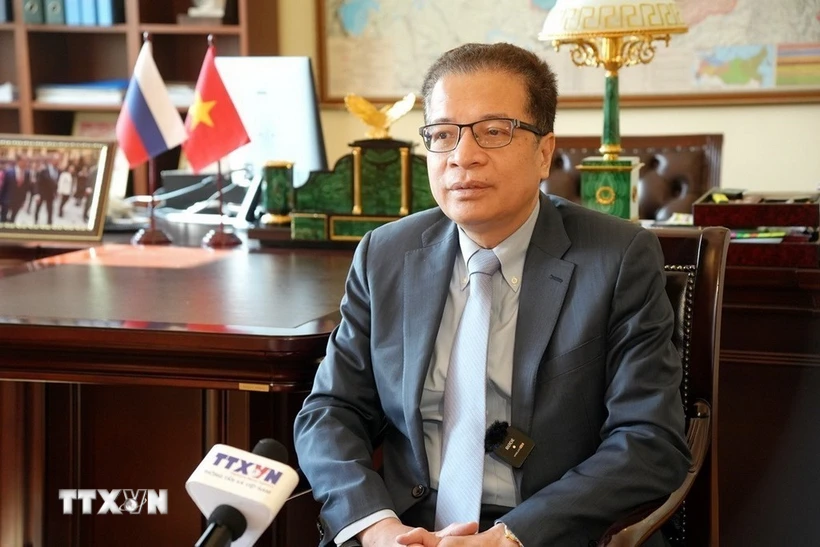




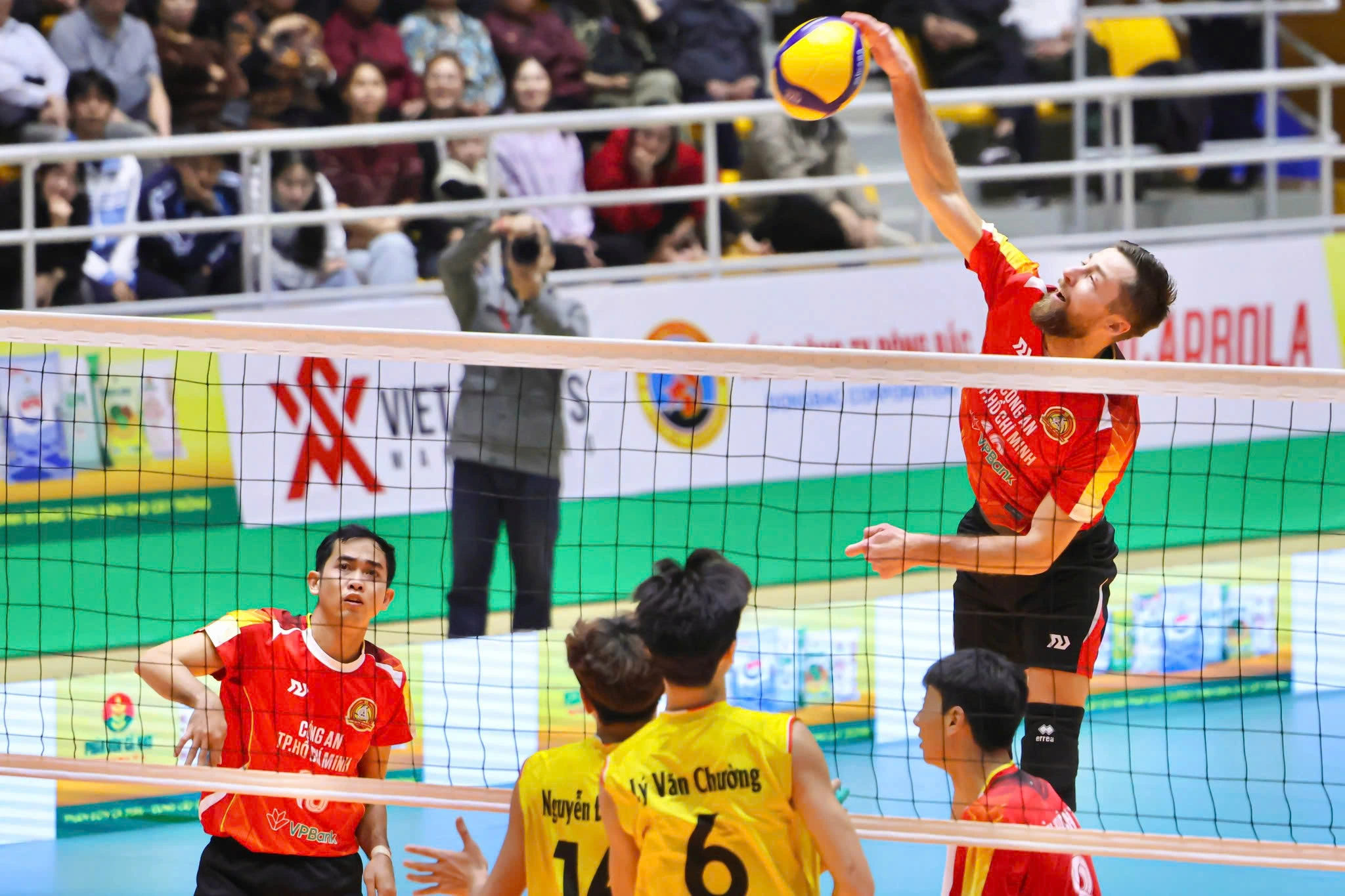


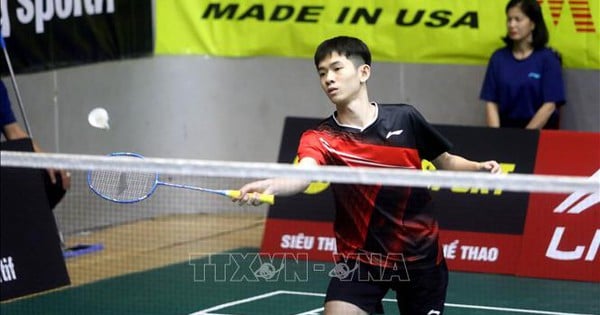






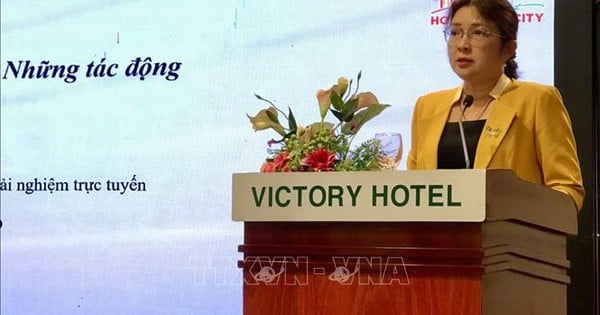


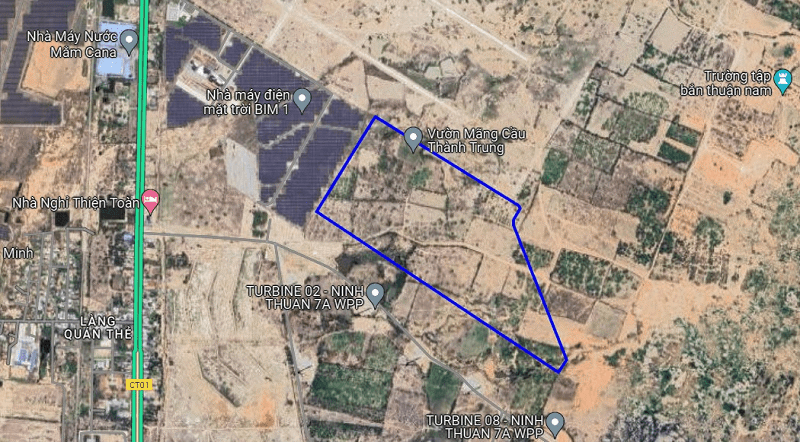

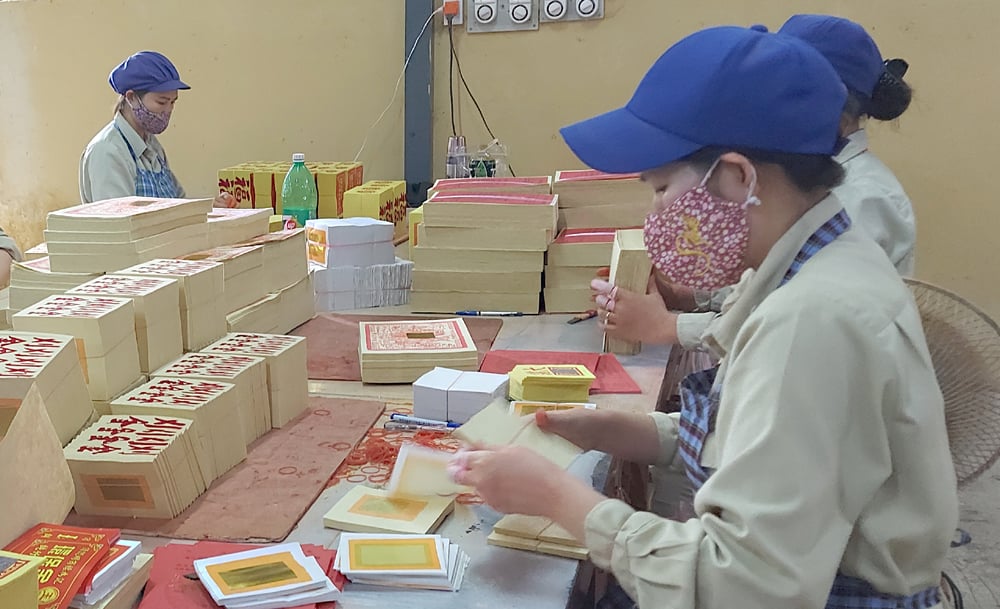
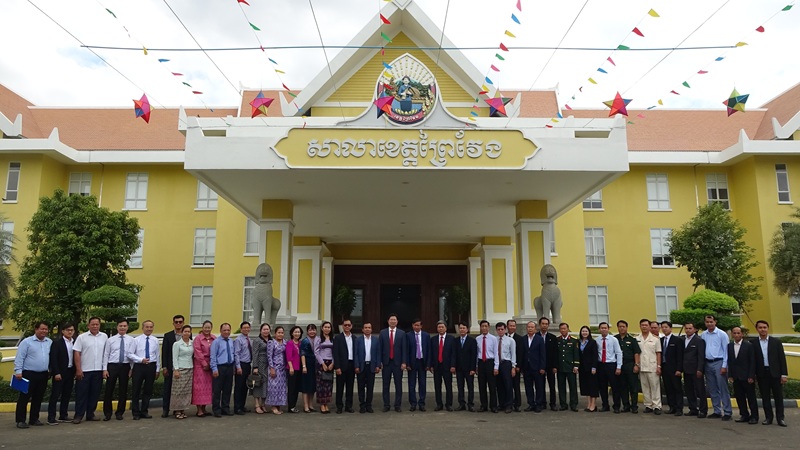













Comment (0)